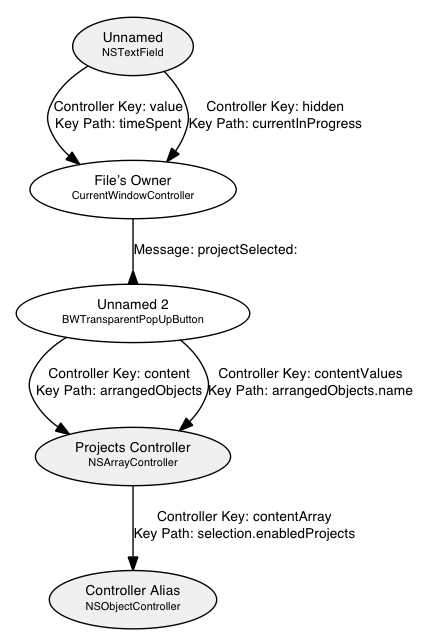Using Firefox as Flash playing Safari fallback
10 November 2010
If you want to go Flashless on Mac and Safari, it's possible to use Firefox as a fallback, too, not just Chrome. While Firefox does load Plugins from /Library/Internet Plug-Ins and /Library/Internet Plug-Ins/Library/Application Support/Firefox/Profiles/<profile name>/plugins and I suspect /Applications/Firefox.app/Contents/MacOS/plugins would work too.
So you can copy Flash Player.plugin, NP-PPC-Dir-Shockwave and flashplayer.xpt to one of the Firefox specific folders and launch Firefox from Safari's Developer menu. Chrome starts up faster, though.
